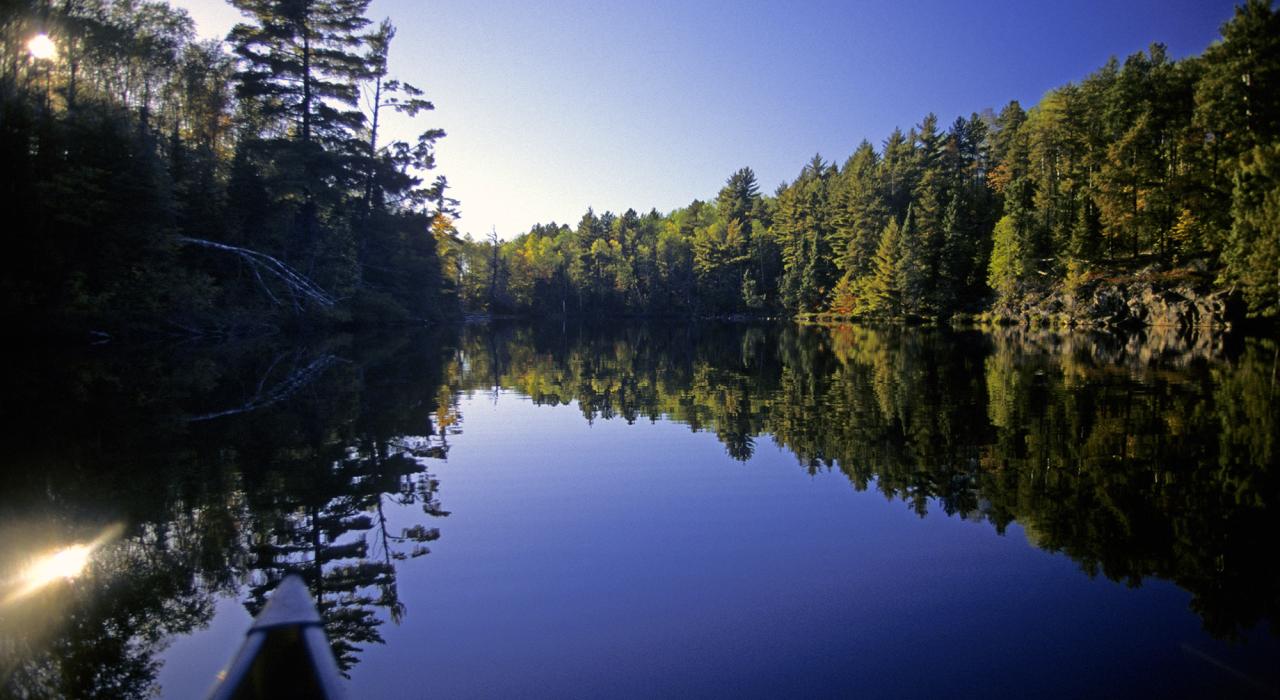Secrets Of Bear Hibernation Dens In Minnesota’s Boundary Waters

Have you ever wondered where bears sleep during the long, cold winters in Minnesota's Boundary Waters? These majestic creatures find cozy spots to hibernate, often in hidden dens that offer warmth and safety. Bears usually choose places like hollowed-out trees, caves, or even dug-out spaces beneath fallen logs. The Boundary Waters, with its dense forests and rugged terrain, provides the perfect environment for these secretive dens. Understanding where bears hibernate can help us appreciate their survival strategies and the importance of preserving their natural habitats. Let's take a closer look at these fascinating winter hideaways.
The Mystery of Bear Hibernation Dens
Minnesota's Boundary Waters is a vast wilderness, home to many secrets. One of the most intriguing is the hibernation dens of black bears. These dens are hidden gems, offering a glimpse into the lives of these majestic creatures during the harsh winter months.
What Makes a Good Bear Den?
Bears are picky about their winter homes. They need a spot that's safe, warm, and hidden from predators. Here are some of the best places where bears choose to hibernate in the Boundary Waters.
Rocky Caves
- Bears often choose caves formed by large boulders. These natural shelters provide excellent protection from the elements and predators. The rocky walls also help maintain a stable temperature inside.
Hollow Trees
- Some bears find refuge in the hollow trunks of large trees. These natural dens offer insulation and camouflage. The thick bark and wood keep the cold out, making it a cozy spot for a long winter nap.
Underground Burrows
- Bears sometimes dig their own dens in the ground. These burrows are usually located on slopes or hillsides, where the soil is easier to excavate. The earth provides excellent insulation, keeping the den warm and hidden.
How Do Bears Prepare Their Dens?
Before settling in for the winter, bears go through a meticulous process to prepare their dens. They gather materials and make sure everything is just right.
Gathering Bedding
- Bears collect leaves, grass, and other soft materials to line their dens. This bedding helps keep them warm and comfortable during hibernation. It's like making a giant, cozy nest.
Sealing the Entrance
- To keep out the cold and predators, bears often seal the entrance to their dens with dirt, rocks, or branches. This creates a barrier that helps maintain a stable temperature inside.
The Importance of Location
Location is crucial for a bear's hibernation den. It needs to be in a place that's quiet, safe, and away from human activity.
Remote Forests
- Bears prefer dens deep in the forest, far from human trails and campsites. The dense trees provide cover and reduce the chances of being disturbed by people or other animals.
Near Water Sources
- Proximity to water is important. Bears often choose dens near streams or lakes, ensuring they have access to water when they wake up in the spring.
The Role of Weather
Weather plays a significant role in a bear's choice of hibernation den. They need to be prepared for the harsh Minnesota winters.
Snow Cover
- A thick layer of snow can act as an insulating blanket, keeping the den warm. Bears often choose locations where snow is likely to accumulate, providing extra protection from the cold.
Wind Protection
- Bears look for spots that are sheltered from the wind. Dense forests, rocky outcrops, and hillsides can provide natural windbreaks, making the den more comfortable during winter storms.
Human Impact on Bear Dens
Human activity can have a significant impact on bear hibernation dens. It's important to be mindful of our presence in their habitat.
Avoiding Disturbance
- When exploring the Boundary Waters, it's crucial to respect wildlife. Avoiding known bear dens and keeping noise levels down can help ensure these creatures have a peaceful hibernation.
Conservation Efforts
- Conservation programs aim to protect bear habitats and ensure they have safe places to hibernate. Supporting these efforts can help maintain the delicate balance of this wilderness ecosystem.
The Magic of Bear Hibernation Dens
Bear hibernation dens in Minnesota's Boundary Waters hold a special place in nature. These dens are more than just shelters; they are vital for the survival of bears during harsh winters. Understanding how bears choose and prepare these dens helps us appreciate their resilience and adaptability.
Exploring these dens can teach us about the delicate balance of ecosystems. It also highlights the importance of preserving natural habitats. As we learn more, we can better protect these magnificent creatures and their homes.
Next time you visit the Boundary Waters, remember the hidden world beneath your feet. Bears are quietly resting, waiting for spring. Their hibernation dens are a testament to nature's wonders and the intricate lives of wildlife. Respect and protect these natural sanctuaries for future generations to marvel at.

